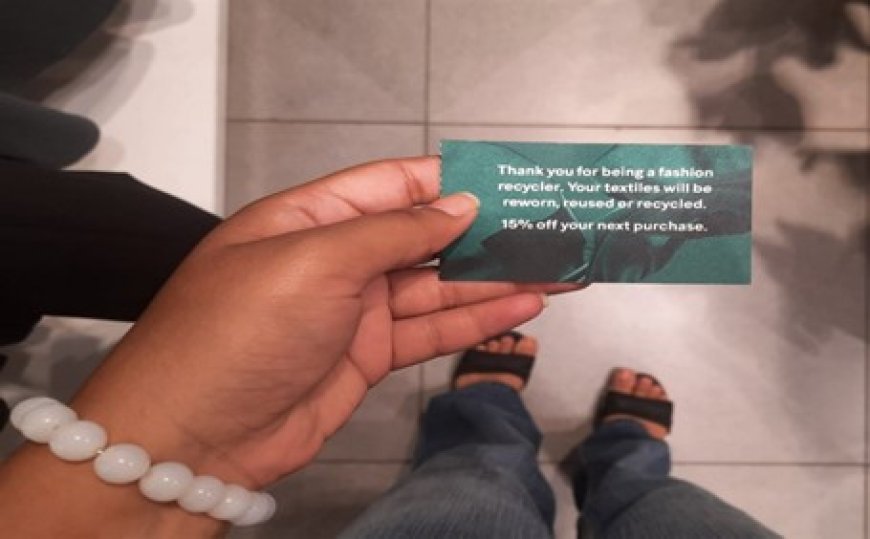Cycle of Recycle

People wear clothes; people buy clothes. We all do. But are we familiar with the clothes disposal system in India? Is there any? Into the rivers, yes! Clothes (inner garments, torn clothes, small cloth pieces, socks, carpets, rugs) that are refused to be stacked in the house, cannot be donated, cannot be passed on further or cannot be processed into some other products are thrown away into rivers. Everyone knows the essential disposal places for electronics, plastics, books, household eatery waste, etc, but some people need to be aware of cloth disposal.
As we go around, we see local rivers flooded with different types of waste, and the most common is clothes, precisely inner garments. In India, people believe in the myth of not letting someone get a hand off your used inner clothes, so they refuse to throw them into dustbins or recycle them. Today's generation- Z believes in shopping for fast fashion brands. It has become more convenient for them to follow the new fashion trends and to keep up with them through fast fashion, as well as it is way cheaper and trendy. But here's a not-so-fun fact: Today, less than 1% of the materials used to make clothes get recycled each year. This means that thousands and tonnes of textiles end up in landfills. Things like how often clothes are washed or if they are tossed in the trash instead of recycled have an effect.
By reusing or recycling fashion, it can be turned around. Here is THE way!
H&M, a fast fashion brand, has had a policy called LET'S CLOSE THE LOOP in their GARMENT COLLECTING PROGRAMME since 2013. They work it out by having recycling boxes in their every store across the globe.
• The process involves-
1. Take any unwanted clothes or textiles, by any brand and in any condition, to one of their stores.
2. Hand in the bag of old clothes at the cash desk and receive a thank-you voucher for the next purchase. Easy!
3. Once previously loved fashion is dropped off in one of their garment collecting boxes, their business partner takes over.
• They empty the boxes and sort the contents into three categories:
1. Rewear: Wearable clothes are marketed as second-hand clothing.
2. Reuse: If the clothes or textiles are unsuitable for re-wear, they're turned into other products, such as remake collections or cleaning cloths.
3. Recycle: All other clothes and textiles are shredded into textile fibres and used to make new clothes.
It is this easy! So, next time, cut off stacking it in your houses or dispose of it in nature, and choose the recycling cycle to save Mother Earth.











































